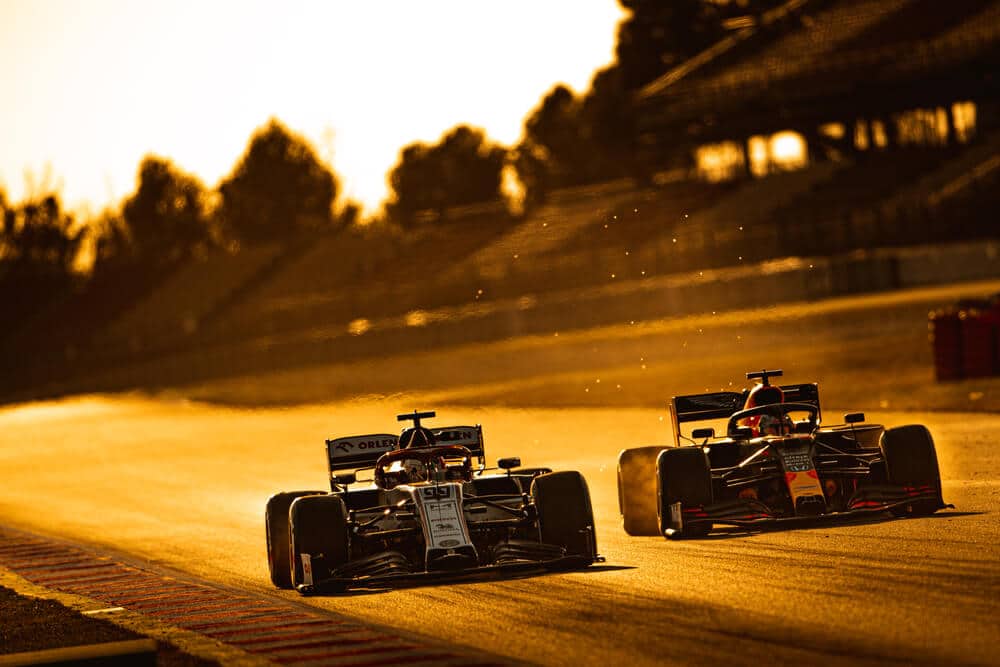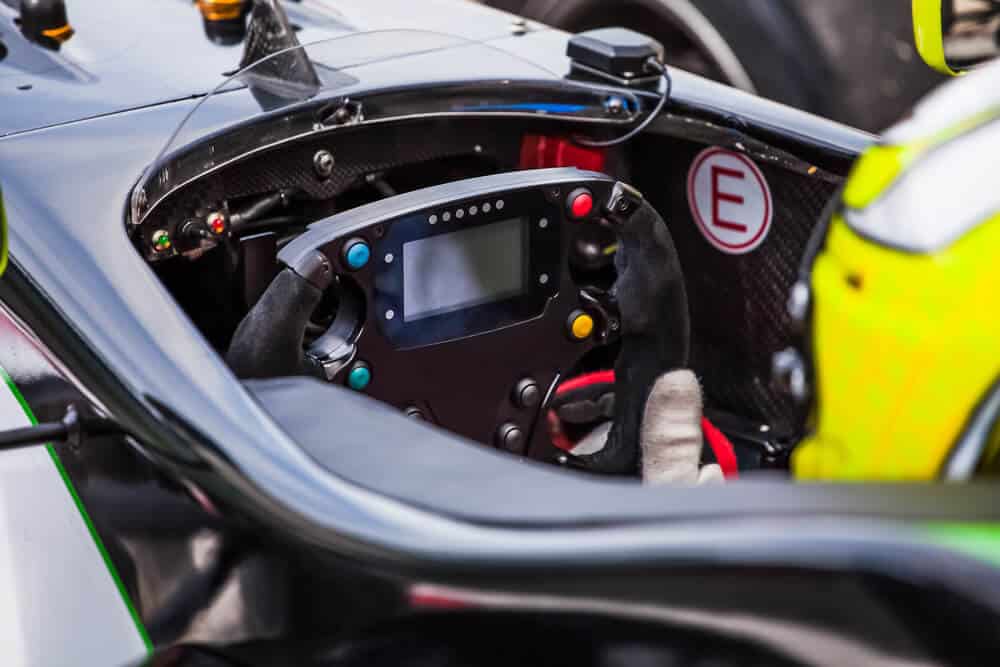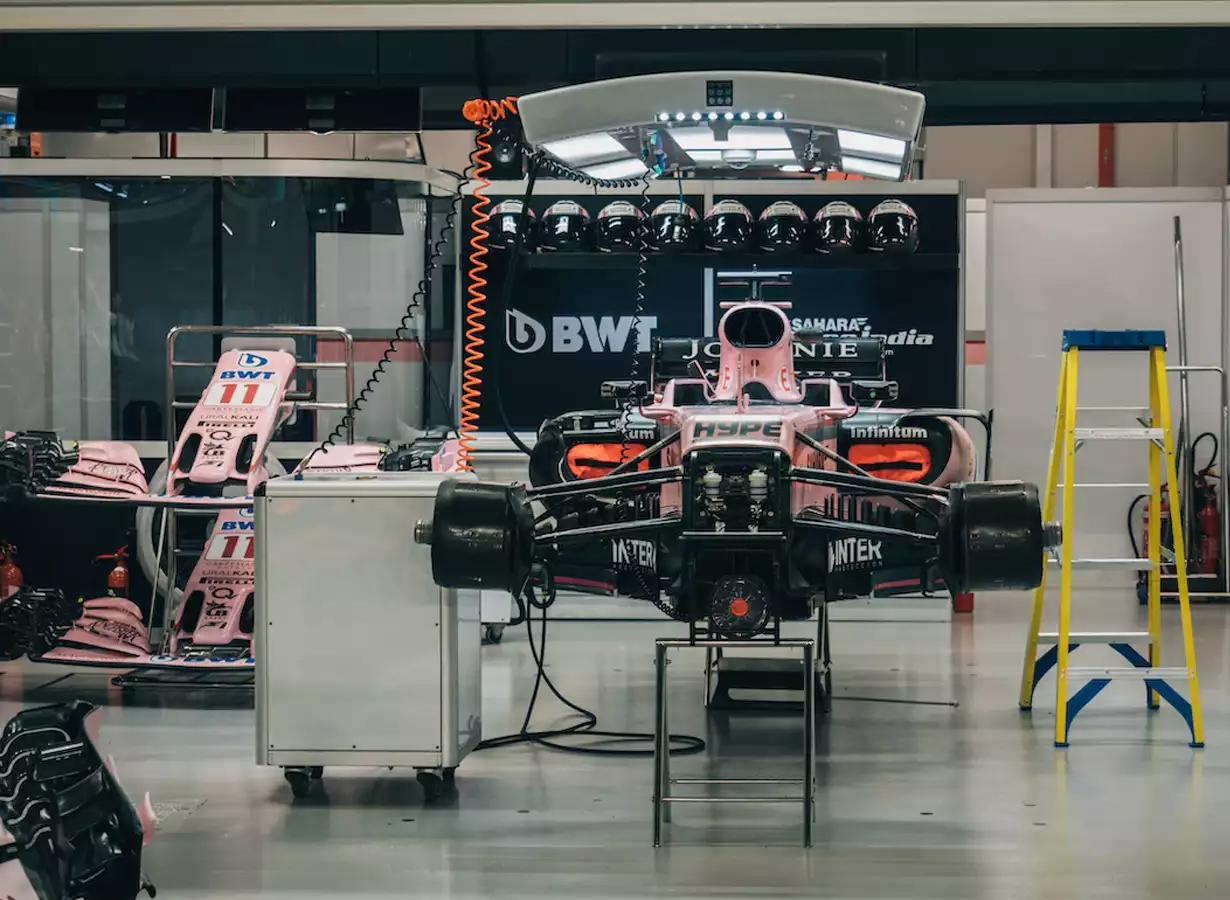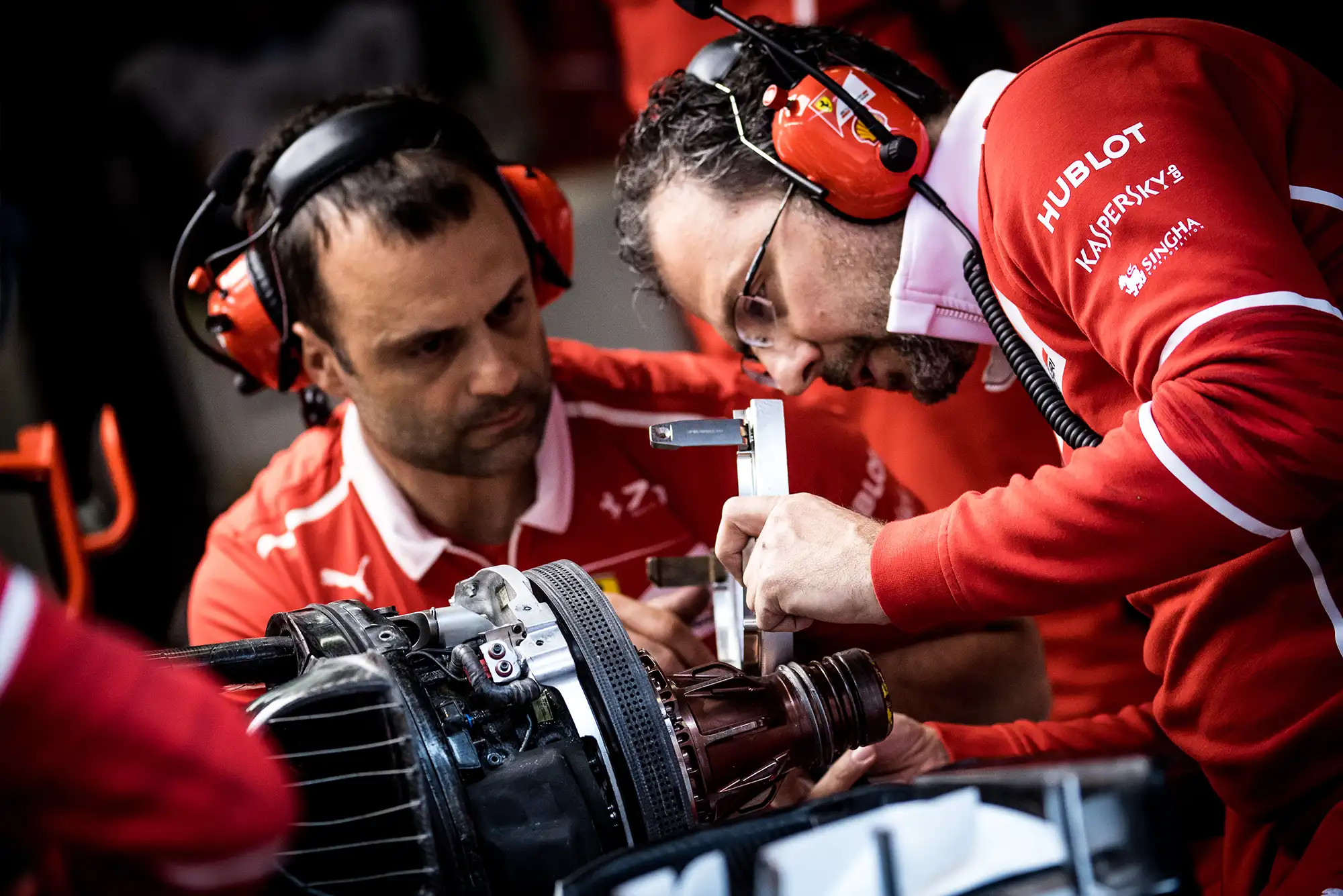Formula One racing is a high-speed, adrenaline-fueled sport that requires drivers to navigate complex circuits and make split-second decisions. One of the most important techniques used in Formula One is slipstreaming, also known as drafting.
Slipstreaming is the act of closely following another car to reduce air resistance and increase speed. This allows drivers to overtake their opponents and gain an advantage. By riding in the slipstream of another car, a driver can save fuel, reduce tire wear, and gain an edge in speed and acceleration. However, slipstreaming can also be dangerous, as it can cause cars to become unstable and difficult to control.
In this article, we will explore the science behind slipstreaming, its importance in Formula One racing, and the strategies and challenges involved in using this technique to gain an advantage on the track.
Table of Contents
Watch this video to learn more about slipstream.
What is Slipstream?
Slipstream, also known as drafting, is a technique used in motorsports to reduce air resistance and increase speed. In Formula One, slipstreaming is the act of following closely behind another car to reduce drag. The leading car creates a low-pressure area behind it, which the following car can take advantage of.
Slipstreaming can be used to overtake other cars and gain an advantage in a race. However, slipstreaming can also be dangerous and requires careful strategy and control.
How slipstream works
Slipstreaming works by taking advantage of the low-pressure area created by the car in front. When a car moves through the air, it creates a wake of turbulent air behind it.This turbulent air creates drag, which slows the car down.
By closely following another car, a driver can enter the low-pressure area behind the car and reduce drag. This reduces air resistance and allows the following car to move faster than it would be able to on its own.
Explanation of aerodynamics
Aerodynamics is the study of how air interacts with objects. In Formula One, aerodynamics is crucial to the design and performance of the cars.
The shape and design of the car affect how it moves through the air, and can have a significant impact on speed and handling. Aerodynamic design is constantly evolving in Formula One, as teams look for ways to reduce drag and increase downforce.
Understanding aerodynamics is essential to understanding how slipstreaming works in Formula One.
How air interacts with a Formula One car
Air interacts with a Formula One car in a number of ways. As the car moves through the air, it creates a low-pressure area in front and a high-pressure area behind it.
The shape and design of the car determine how much drag and downforce it generates. Downforce is created by the shape of the car and its wings, and helps the car stay on the track at high speeds.
However, too much downforce can slow the car down, which is why slipstreaming can be so important in a race.
How slipstream is created
Slipstream is created by the turbulent air behind a car.
As a car moves through the air, it creates a wake of turbulent air behind it.
This turbulent air creates a low-pressure area behind the car, which the following car can take advantage of.
By entering the low-pressure area, the following car can reduce drag and increase speed. Slipstreaming can be used strategically to gain an advantage over other cars in a race.
Key Takeaways
- Slipstream, also known as drafting, is a technique used in Formula One racing to reduce air resistance and increase speed.
- By following closely behind another car, a driver can enter the low-pressure area behind the car and reduce drag.
- Slipstreaming can be used to overtake other cars and gain an advantage in a race.
- However, slipstreaming can also be dangerous and requires careful strategy and control.
- Aerodynamics plays a crucial role in slipstreaming, as the design of the car affects how it moves through the air.
- Understanding the science behind slipstreaming can help drivers make strategic decisions on the track.
- Slipstreaming is just one of the many techniques used in Formula One racing to gain an advantage over opponents.
- While slipstreaming can be a useful tool in a race, it is not a guarantee of success and must be used wisely.
Importance of Slipstream
Slipstreaming is a critical technique in Formula One, as it allows drivers to overtake their opponents and gain an advantage. In a sport where every second counts, slipstreaming can make the difference between winning and losing.
Drivers must carefully time their use of slipstreaming, as it can be dangerous and lead to accidents if not executed properly. Teams spend countless hours testing and refining their aerodynamic designs to maximize the benefits of slipstreaming.
Ultimately, the ability to master slipstreaming is a crucial skill for any Formula One driver.
How slipstream affects overtaking
Slipstreaming plays a significant role in overtaking in Formula One. By reducing drag and increasing speed, slipstreaming allows a driver to gain momentum and pass their opponent.
However, slipstreaming is not always enough to secure a successful overtake.
Other factors such as tire wear, track conditions, and driver skill must also be taken into account. Additionally, slipstreaming can also leave a driver vulnerable to counter-attacks from their opponent. Mastering the art of slipstreaming is essential for any driver hoping to excel in the fast-paced world of Formula One racing.
Strategies for using slipstream in Formula One
Using slipstream effectively requires careful planning and execution. Drivers must weigh the benefits of slipstreaming against the risks of accidents and overheating. There are several different strategies for using slipstream to gain an advantage over opponents.
Different slipstream strategies
One strategy is to use slipstreaming to catch up to a leading car and then attempt to overtake on a straightaway.
Another is to use slipstreaming to defend against an opponent attempting to overtake. Some drivers may also use slipstreaming to conserve fuel or tires by reducing drag and increasing efficiency.
Timing and positioning
Timing and positioning are critical factors in using slipstream effectively. Drivers must position their car behind the leading car at the optimal distance to achieve maximum benefit. They must also time their use of slipstreaming to avoid overheating or causing an accident.
How drivers use slipstream to gain an advantage
Drivers use slipstreaming to gain an advantage in several ways, including increasing speed, conserving fuel and tires, and overtaking opponents. By following closely behind another car, they can reduce drag and enter the low-pressure area behind the car.
This allows them to gain momentum and potentially overtake the leading car. However, slipstreaming can also leave a driver vulnerable to counter-attacks from their opponents.

Challenges of Slipstream in F1
While slipstreaming can provide a significant advantage in Formula One racing, it also presents several challenges. These challenges include the dangers of slipstreaming, the effects on the driver’s ability to control their car, and the potential for accidents.
The dangers of slipstream
One of the most significant challenges of slipstreaming is the potential for accidents. By following closely behind another car, drivers can lose visibility and may not have enough time to react to sudden changes in speed or direction.
Additionally, slipstreaming can cause overheating, which can lead to engine failure or other mechanical issues.
Effects for the driver’s ability to control their car
Slipstreaming can also have an impact on a driver’s ability to control their car. By entering the low-pressure area behind another car, the driver may experience changes in air pressure and turbulence, which can affect their steering and braking.This can make it difficult to maintain control of the car, especially at high speeds.
Accidents caused by slipstream
Finally, slipstreaming can lead to accidents on the track.
If a driver misjudges their timing or positioning, they may collide with another car or lose control of their own car.
In some cases, slipstreaming can also create a domino effect, causing multiple cars to crash.
As with any technique in Formula One racing, slipstreaming must be used with caution and careful planning to minimize the risk of accidents.
Frequently asked questions
What is slipstream in Formula One and how does it work?
Can slipstream be used throughout an entire race?
Are there any rules or regulations regarding the use of slipstream in Formula One?
Conclusion
In conclusion, slipstreaming is an essential and complex element of Formula One racing. It involves the use of aerodynamics to gain an advantage over opponents by reducing drag and increasing efficiency.
While slipstreaming can provide significant benefits, it also presents numerous challenges, including the dangers of accidents, effects on driver control, and potential for mechanical issues. As such, drivers must carefully strategize their use of slipstreaming, taking into account timing, positioning, and risk factors. By using slipstreaming effectively, drivers can increase their speed, conserve fuel and tires, and overtake opponents.
However, they must also remain aware of the potential risks and limitations of this technique. Overall, slipstreaming adds an exciting element to Formula One racing, demanding skill, strategy, and precision from drivers and teams alike.
Article sources
Learn more about Formula One
Want to learn more about F1? Then visit our Formula 1 glossary and dictionary.



